 |
Budgeting: Capital Budgets |
1.00 |
Budgets represent how a company will use its resources to accomplish its goals. To achieve some goals, companies need to invest in new facilities or expensive equipment. These items, which will help produce income over a number of years, are planned for in capital budgets. Capital budgets have their own terminology with which you will need to be familiar in order to plan well and make good decisions. Depreciating is one of the central concepts in capital budgeting. |
 |
Budgeting: Capital Budget Analysis |
0.75 |
A capital appropriation request form is a document that managers use to request capital funding for their departments. This is the first step in the documentation process for capital projects. |
 |
Budgeting: Budgeting Fundamentals |
1.33 |
A typical budget contains information for a single year and is updated and revised periodically. Each company creates a budget that fits its unique needs. A budget can be used for many purposes, but its primary functions should be to support strategic goals and to help identify when actual results deviate from what was predicted. |
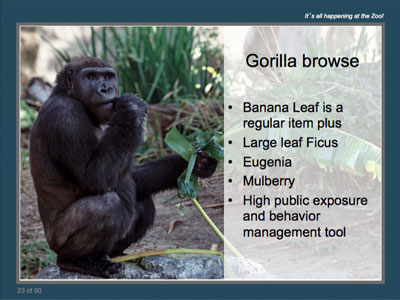 |
Browse - The Role of Botanical Collections to Support Zoological Collections |
1.00 |
1/12/23 jg unchecked forward seek and shut off CEUs. - This presentation will discuss the evolution of a browse program that has supported the husbandry and management of unique zoological species. The historic origins and the chronological development of diverse plant collections parallels the acquisition and successful husbandry of endangered species. There will be lots of examples and advice integrated into the presentation for those interested parties. |
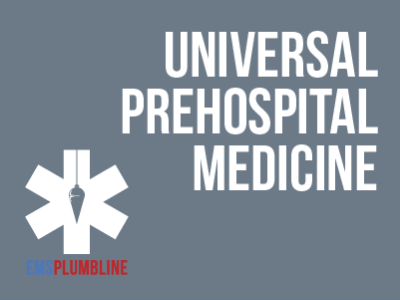 |
Brick by Brick: Trauma Transport Decisions 4—Pediatrics |
0.50 |
|
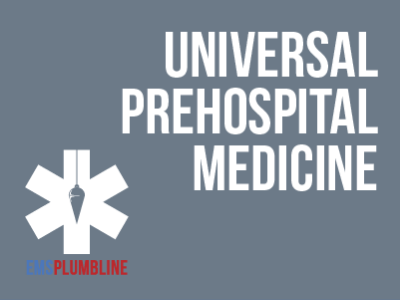 |
Brick by Brick: Trauma Transport Decisions 3—Response to the Big One |
1.00 |
|
 |
Brick by Brick: Trauma Transport Decisions 2—HEMS |
0.50 |
|
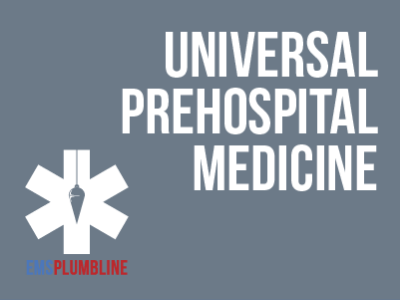 |
Brick by Brick: Trauma Transport Decisions 1—Receiving Facilities |
1.00 |
|
 |
Brick by Brick: Neonatal Resuscitation for EMS Providers |
1.50 |
In this lesson, you will be able to compare the difference between the unplanned delivery of a thriving full-term baby to that of a preterm baby who is not breathing. There are very few calls for service in which responders may alter as many years of health and well-being as may be done with Neonatal Resuscitation. After completing this training, we believe you will be better prepared to care for both the mother and the newborn. |
 |
Brick by Brick: Gastroenterology Overview—Part 2 |
1.50 |
Melodie Kolmetz, Paramedic, PA-C, is a multi-disciplinary provider and educator. Her lesson continues with an overview on completing a physical exam. Melodie's experience as a paramedic, physician assistant, and instructor offers an opportunity to learn from one of the best in the industry.
Final Exam: Please read each question carefully. You will have two attempts to gain a 70% or higher on this exam. If you are not successful in two attempts, you are welcome to take the course again to gain the certification. |
 |
Brick by Brick: Gastroenterology Overview—Part 1 |
1.50 |
In most EMS systems, gastroenterology education is avoided at the BLS level. However, prehospital providers frequently respond to reports of nausea, abdominal discomfort, or pain. There is often a disparity in the relationship between the frequency of responses and the amount of education available to EMS providers.
Melodie Kolmetz, Paramedic, PA-C, is a multi-disciplinary provider and educator. She brings her experience as a paramedic, physician assistant, and university professor to this prerequisite course. Her review of the anatomy and physiology of the gastrointestinal and genitourinary tracts offers a better understanding of how to identify life-threatening emergencies. The end result will be better choices when determining the appropriate prehospital interventions and the nearest appropriate transport destination.
Final Exam: Please read each question carefully. You will have two attempts to gain a 70% or higher on this exam. If you are not successful in two attempts, you are welcome to take the course again to gain the certification. |
 |
Brick by Brick: Edibles and Legalization-Part 1 |
1.00 |
In the Fall of 2021, EMT Conner Griffin sat down with Monroe Livingston County's Medical Director, Jeremy Cushman, and Dr. Nicholas Nacca. Dr. Nacca brings a unique set of skills to the first lesson in this series. His experience as an Emergency Medicine Physician and a Toxicologist is evident. They discuss the medical aspects of potent edibles and how legalization offers new challenges to prehospital medicine. You will want to listen to this lesson and return for more as this topic evolves.
Final Exam: This multiple choice exam is designed to test your knowledge of the material you just reviewed. You have two attempts to gain a 70% or higher on this exam. Please take your time and answer each question carefully. |
 |
Brick by Brick: Difficult Deliveries |
1.00 |
Assisting a mother with a complicated childbirth is one of the most challenging situations an EMS provider may encounter in their career. Our team of experts discuss the prehospital management of postpartum hemorrhage, prolapsed cord, shoulder dystocia, and breech birth. Doctors Kristen E. Burhans, Maia Dorsett, and Kara Louise LaBarge demonstrate skills that you will want to practice with your response team before your next obstetrical emergency occurs. |
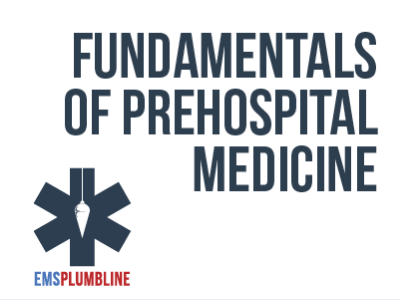 |
Brick by Brick: Assessing the Elderly—Female Cardiac Patient |
1.00 |
We know that there are unique challenges when assessing elderly patients. BLS providers also encounter unique challenges when assessing females for potential cardiac problems. This lesson briefly reviews the BLS assessment skills that are required for both populations. The introduction of 12-lead ECG acquisition gives the BLS provider a chance to orient themselves to the skills necessary when working in a system that requires recording and/or transmission of such tracings. The multiple choice exam is designed to test your knowledge of the material you just reviewed. You have two attempts to gain an 75% or higher on this exam. Please take your time and answer each question carefully. |
 |
Brain Development in Infants and Toddlers (CDA 8) |
2.00 |
Brain development has changed over the last 20 years. Early brain development focused mainly on the intellectual aspects of the brain, but over the last 10 years, more focus has been placed on the social emotional exchanges in infancy and how that affects brain development. Early experiences predispose how children see the world. This course is designed to be part of a Child Development Associate (CDA) Credential™ curriculum and covers CDA Subject Area 8, Understanding Principles of Child Development and Learning. This course can also be taken as a stand-alone learning event or as part of a broader early childhood education curriculum. |
 |
Bony Fishes Collection |
10.00 |
Whether they are cruising the vast open sea, blending in with the bottom, lurking in the kelp beds, hiding in the coral, or fighting their way upstream, fish live in a world that’s vastly different than ours. In the Bony Fishes Collection, we’ll dive into this world. You’ll explore:
• Bony Fishes Module 1: Physical Characteristics
• Bony Fishes Module 2: Distribution and Habitat
• Bony Fishes Module 3: Ecology and Behavior
• Bony Fishes Module 4: Reproduction and Development
• Bony Fishes Module 5: Conservation.
|
 |
Bloodborne Pathogens and HIV (Short) |
0.33 |
This course will help you define Bloodborne Pathogens (BBP), identify common types, identify how BBP are transmitted and contracted, determine reasonable anticipation for encountering BBP, define an Exposure Control Plan, and define PPE, its effectiveness, and decontamination when BBP are encountered. |
 |
Bloodborne Pathogens and HIV (Human) |
1.00 |
In this course, you will learn about the characteristics of bloodborne pathogens, diseases caused by these pathogens, such as HIV, and how they are transmitted. You will also learn the elements of an exposure control plan and how to prevent contact with or infection from contaminated body fluids. In addition, you will learn how to handle exposure incidents involving blood, and the signs, labels, and color-coding used to warn of biohazards and bloodborne pathogens. This training is provided to help employers provide a safe and healthful work environment for their employees and minimize the possibility of employee exposure to bloodborne pathogens.
This course is labeled with (Human) to indicate that it is not animal-related.
|
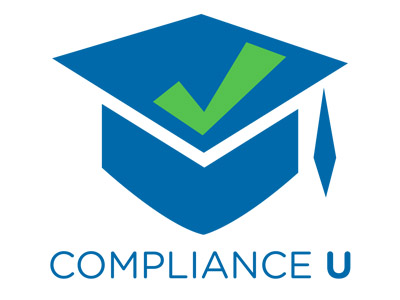 |
Bloodborne Pathogens and HIV (Corrections) |
1.00 |
In this course, you will learn about the characteristics of bloodborne pathogens, diseases caused by these pathogens, such as HIV, and how they are transmitted. You will also learn the elements of an exposure control plan and how to prevent contact with or infection from contaminated body fluids. In addition, you will learn how to handle exposure incidents involving blood, and the signs, labels, and color-coding used to warn of biohazards and bloodborne pathogens. This training is provided to help employers provide a safe and healthful work environment for their employees and minimize the possibility of employee exposure to bloodborne pathogens. |
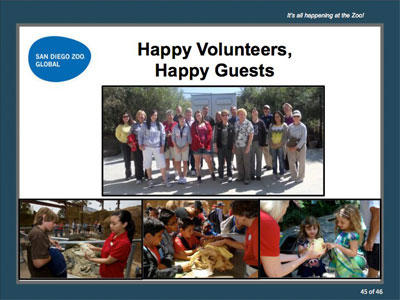 |
Blended Learning |
1.00 |
How do you effectively take a tired old lecture series or outdated formalized training and turn it into a vibrant and engaging program perfect for your learner audiences? For most organizations, blended learning is a MUST. Follow our journey from investigation to implementation of training for a variety of volunteer assignments. Explore a multitude of techniques to teach a broad range of learners effectively and efficiently. Join us as we share tips and techniques on implementing blended learning. |
 |
Bleeding - Paramedic Overview |
2.00 |
Clinical Pharmacologist, Nicole Acquisto, spends time in the classroom with four experienced paramedics. In this session she reviews the ALS management of the Bleeding Cascade and briefly reviews Thromboelastography. |
 |
Birds |
2.00 |
This course will provide an introduction to birds, including an overview of physical characteristics, habitat, behavior, reproduction and the conservation efforts dedicated to protecting this taxonomic group. |
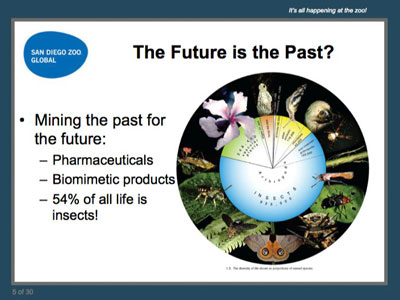 |
Biomimicry/Bioinspiration: a novel activity to further conservation involving engineers, business, and San Diego Zoo Global |
1.00 |
Bioinspiration, also known as biomimicry, is an interdisciplinary process in which biological principles and elements are studied in order to draw analogies to be applied to human innovation. Learn how we introduce students to the concept of bioinspiration through a variety of education programs. We will also describe our approach when working with students to foster creativity and think in new and innovative ways. |
 |
Bioinspiration: A Novel Activity to Engage Students in Creativity and STEM |
1.00 |
Bioinspiration, also known as biomimicry, is an interdisciplinary process in which biological principles and elements are studied in order to draw analogies to be applied to human innovation. We will first define bioinspiration through examples of past successes. Next, we will discuss why conservation organizations like San Diego Zoo Global are interested in this field and how conservation may benefit from the involvement of engineers and industry. Participants will enjoy an adaptation tour of some of San Diego Zoo Global’s diverse plant and animal collections, highlighting examples of how the natural world can inspire engineering. His talk will include an interactive exercise to help stimulate creative thinking based around bioinspiration. |
 |
Beyond Pride: Year-Round Action |
1.00 |
Every June, Pride Month offers a chance for celebration and equal rights activism for the LGBTQ+ community and their allies. But what happens when the rainbow-themed window displays and social media filters are put away? How do we remain authentic supporters of LGBTQ+ rights and honor the community for the rest of the year? This course will help.
This is the second in a two-part series. The first course (Power and Pride: The Origins of Pride Month) reviews the origins and history behind Pride Month. This second course contains practical advice for organizations and individuals who want to live out inclusive values and remain committed to advocacy year-round. |


























